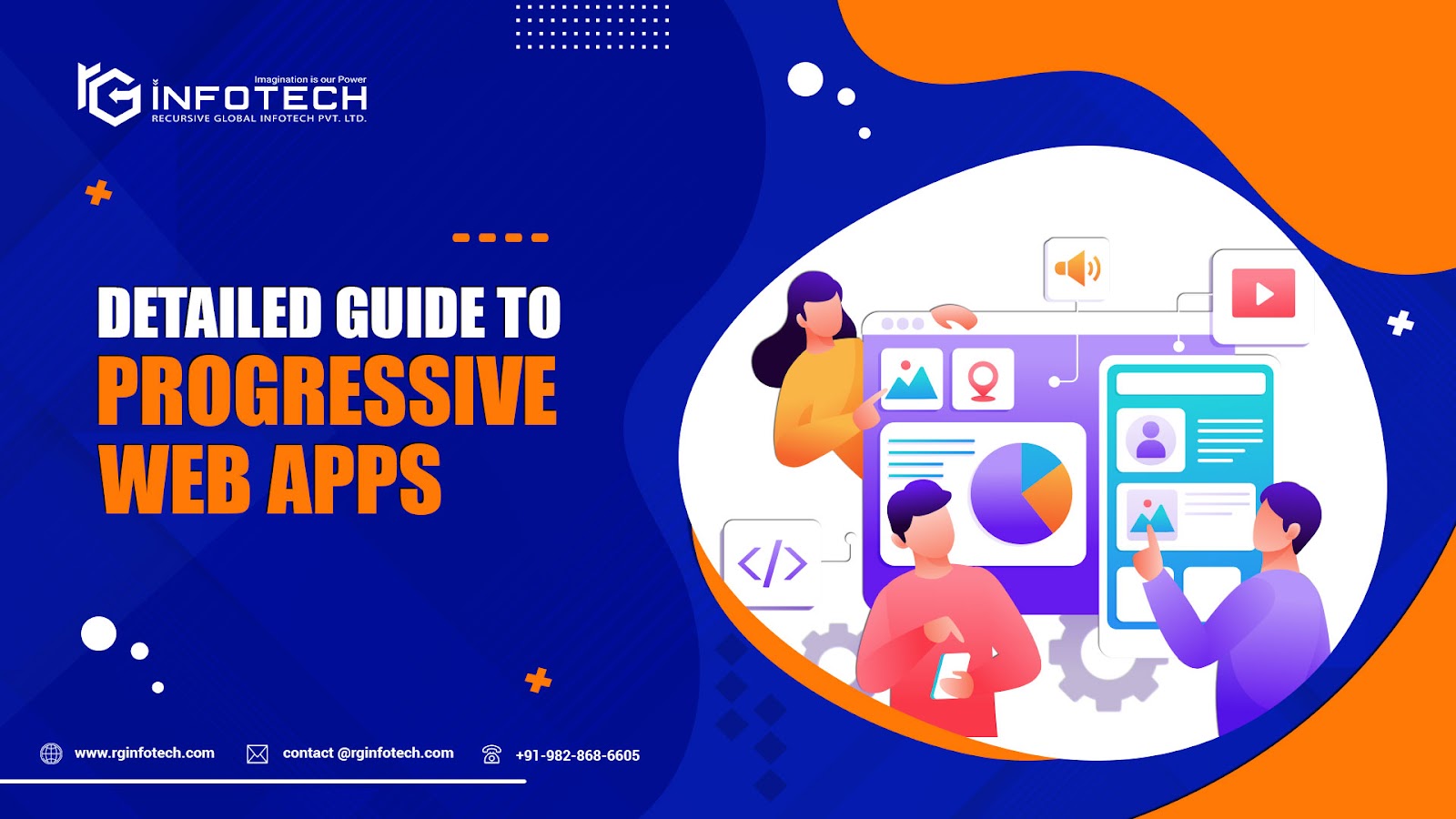What is AIOps and Why Should It Matter to Your Business?
What processes are you using to make your business workflow efficient? You have massive complex factors like data, pipelines, supply chains, and complicated technology that have increased the complexity of the business workflow.
But with the right data management, any business can enhance its workflow. How? With accurate data and information, any business is ready to face any demand shift in the market, and new technology trends and can enhance customer relationships.
For every, there is a technological solution in the market like AIOps. AIOps stands for Artificial Intelligence for IT Operations. Its main purpose is to look after the routine tasks performed by the DevOps team.
Let’s move forward and dig deep into knowing the AIOps and their best usage for your business.
What is AIOps?
In AIOps, AI stands for Artificial Intelligence and Ops stands for Operations which brings two departments together for efficient collaboration and betterment.AI is joined operations to ease the management and usage of data/information for seamless operations.
AIOps enhance IT operations by utilizing advanced technology like big data, machine learning, and analytics technology.
Businesses that use AIOps can leverage data collection methods, analytical technology, multiple data sources, and data visibility tools for dynamic insights that can be used for monitoring, automation, and desk operations.
AIOps can be used for:
- Automated remediation
- Cohort analysis
- Cross-domain situational awareness
- Intelligent alerting
- Real-time, proactive performance monitoring
- Root cause identification automation
Why do AIOps matter to your business?
AIOps is very useful for modern businesses, as it's just altering the workflow and operations management system. Here are ways AIOps can be used in your business:
1. Increasing Human Capabilities
Application monitoring has grown a lot in the past years and has become the best practice in the industry. Monitoring helps to assess the service or application's health and with the boost in usage of microservices architecture, the DevOps team suddenly needs to manage several micro apps, all generating logs and requiring monitoring.
AIOps help DevOps a lot whether about investing the warnings or monitoring the service of any application.
AIOps uses Machine Learning and Artificial Intelligence to evaluate these warnings and become better by analyzing the feedback. Shortly, AIOps might take over the task of threat prediction and evaluate warnings from end-users. Therefore, it's effective in saving time and filters false positives for the DevOps team.
Overall, it provides enough time for DevOps to spend time wherever it's required.
- Digital Transformation: Digitalization is the need of the hour for all sorts of businesses. Through digital transformation, you can increase your business by saving efforts, time, and money investment. It helps your business to get visibility into infrastructure and applications. Enjoy better MTTD and MTTR.
- Faster Development: Almost half of the organization is dealing with monitoring and managing IT issues. They spend 1 hour of each working day repairing the performances. With AIOps, you can automate the actions for specific events and avoid managing problems manually till late at night.
- Automation of DevOps and CloudOps: After building CI/CD, a DevOps engineer needs to deploy an automated trigger to operate the CI/CD pipeline.
2. Exponential increment in Data
Data has become an asset of the IT industry and it is increasing exponentially. Whether it's IoT devices, applications, API, or users everyone generates huge data. It's not easy to manage such data, especially analyzing the data is a real challenge. There is a requirement for advanced machine learning technology to analyze and get valuable insights. Time to extend human capabilities.
- Real-time Analysis: Get real-time analysis of the IT elementary data from disparate sources.
- Alerts and Notifications: By filtering important notifications, AIOps reduce alert noise.
- Analysis and Analytics: Host causal analysis and apply analytics to the vast volume of data. Helps to find out the root cause of issues.
- Data-related recommendations: To carry out the right decision, AIOps provides real-time and historical data recommendations.
3. Improved Visibility
This is the most obvious advantage of using AIOps in your business. All the data generating applications are known as data silos and this data is not integrated with any data sources. AIOps assist you with detecting the recurring trends of the data-generating programs by the power of analytics. Further use of automation whenever required for the detection of such patterns.
Hence, by using AIOps, any business can boost the visibility of overall data generated by applications.
4. Adds Value
AIOPs add value to your business including complete alert management, automation, machine learning, correlation, microservices monitoring, data management, full-stack data monitoring, and real-time analytics.
Popular AIOps Tools
Few AIOps tools are available in the market.
- BMC Helix Operations Management improves service-centric monitoring, advanced event management, and next-gen probable cause analysis.
- Datadog APM used to monitor the application performance
- New Relic One works on monitoring infrastructure.
- Cisco Appdynamics specializes in the analysis of root causes and improving user experience.
- Splunk Enterprises uses it to prevent outages and issue remediation.
- Big Panda uses automation and correlation to manage the seamless operations of the business.
Conclusion
AIOps is the automation of data to smoothen business operations and management. From finding the data generation resource to analyzing the data to enhance the user experience, this advanced technology integration will make your business operations efficient.




Comments
Post a Comment